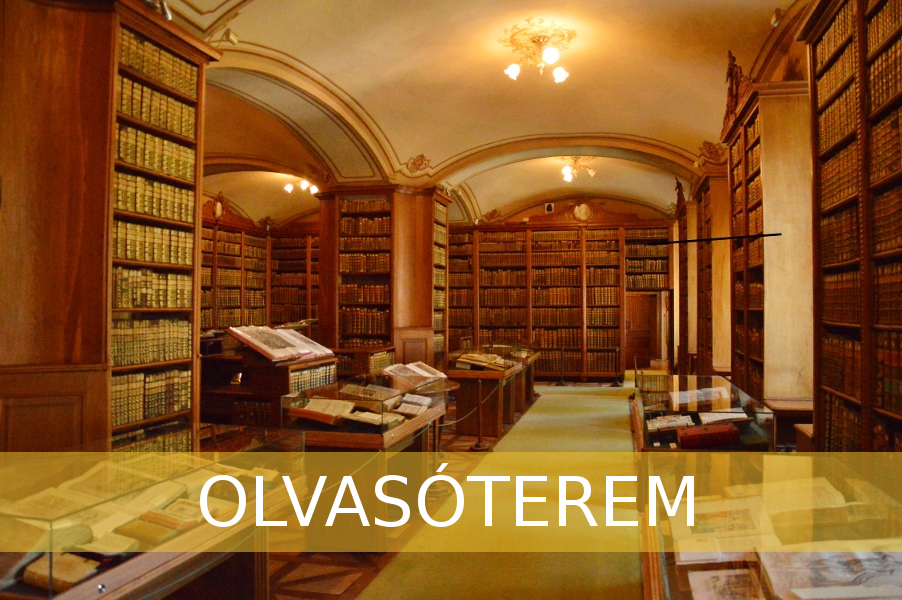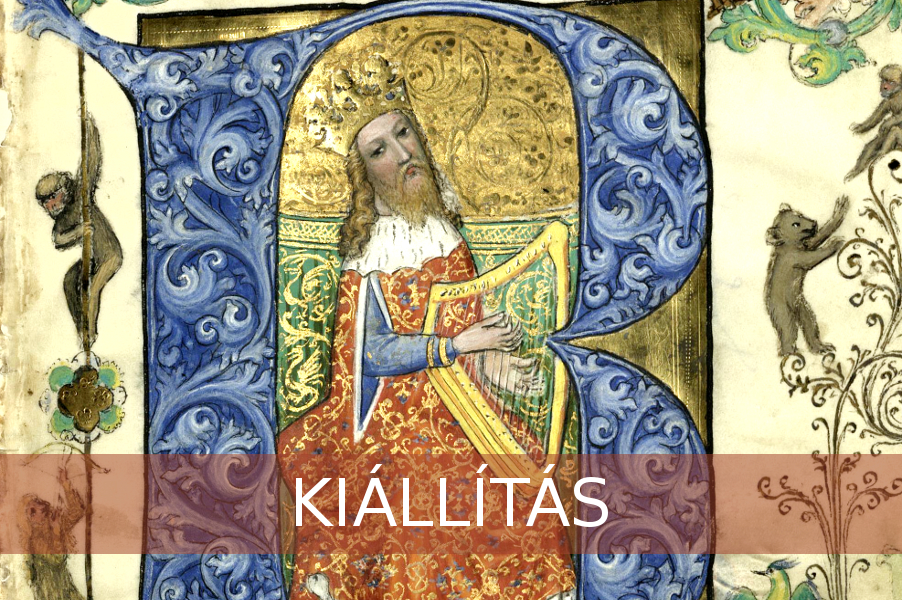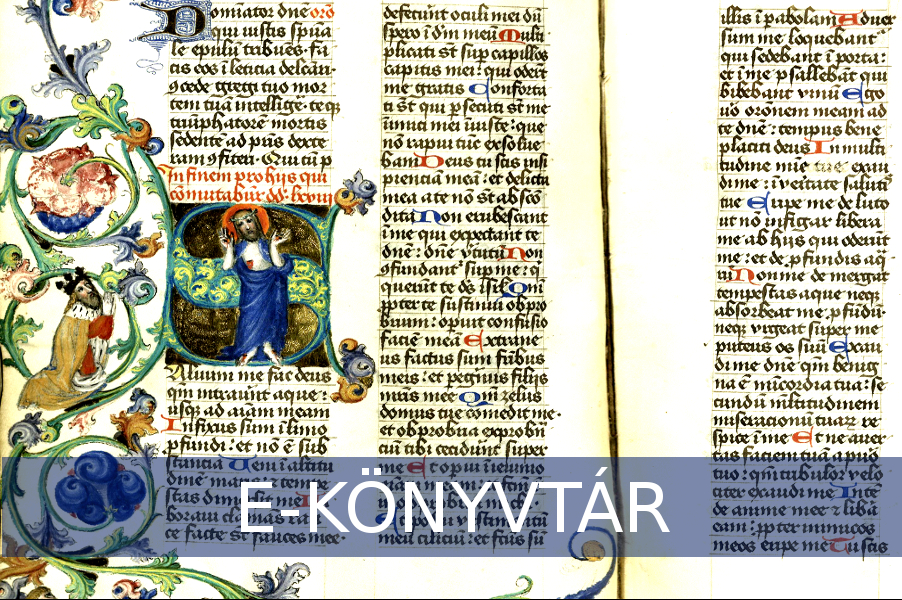Könyvtárunk alapítójának, Patachich Ádám érseknek 1780-ban készült el barokk olvasóterme. Az Érseki Palota keleti szárnyában található Patachich-terem Kalocsa város és a Dél-alföldi régió egyik fontos idegenforgalmi látványossága. Tegyen egy feledhetetlen sétát a barokk olvasóteremben és tekintse meg könyvtárunk ritkaságait!
A könyvtárterem megtekintésével kapcsolatos tudnivalókat az alábbi lapokon ismertetjük: Információ, Látogatás a barokk olvasóteremben, Könyvtártörténeti kiállítás ismertetője és az Időszaki kiállítás címeken.
A Kalocsai Főszékesegyházi Könyvtár nyilvános könyvtárként működő tudományos intézmény, amely a Kalocsa-Kecskeméti Főegyházmegye központi könyvtára. Honlapunkon megismerheti könyvtárunk történetét, az értékes gyűjtemény kialakulását, összetételét. Információt kaphat működésünkről, szolgáltatásainkról, kereshet könyvtárunk online katalógusában és digitális könyvtárunkban is böngészhet.
Sikeres tájékozódást kívánunk!








